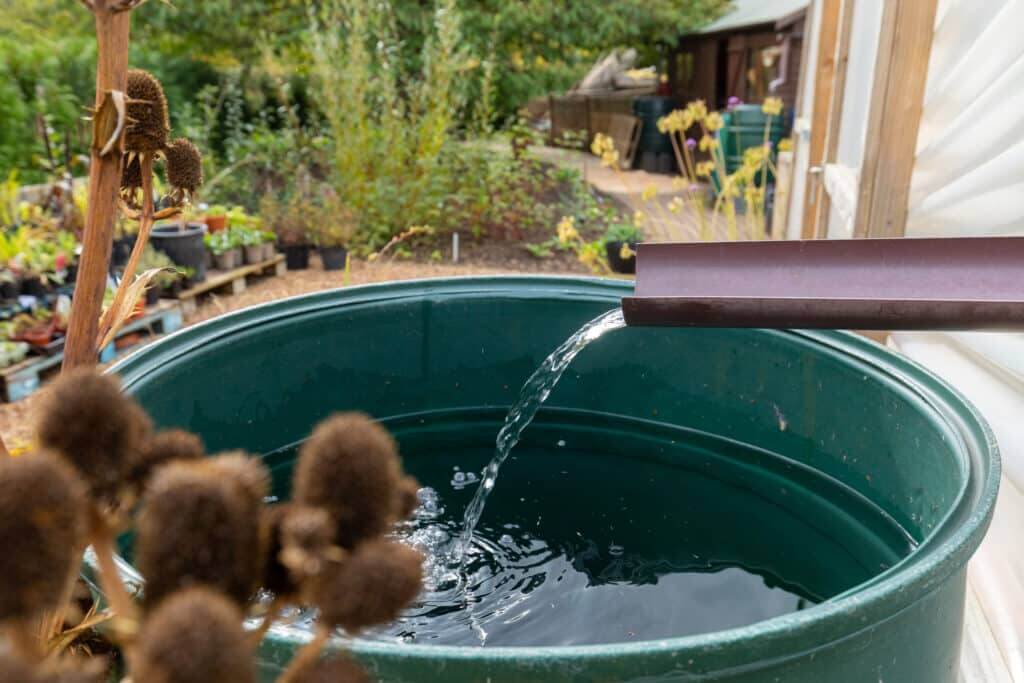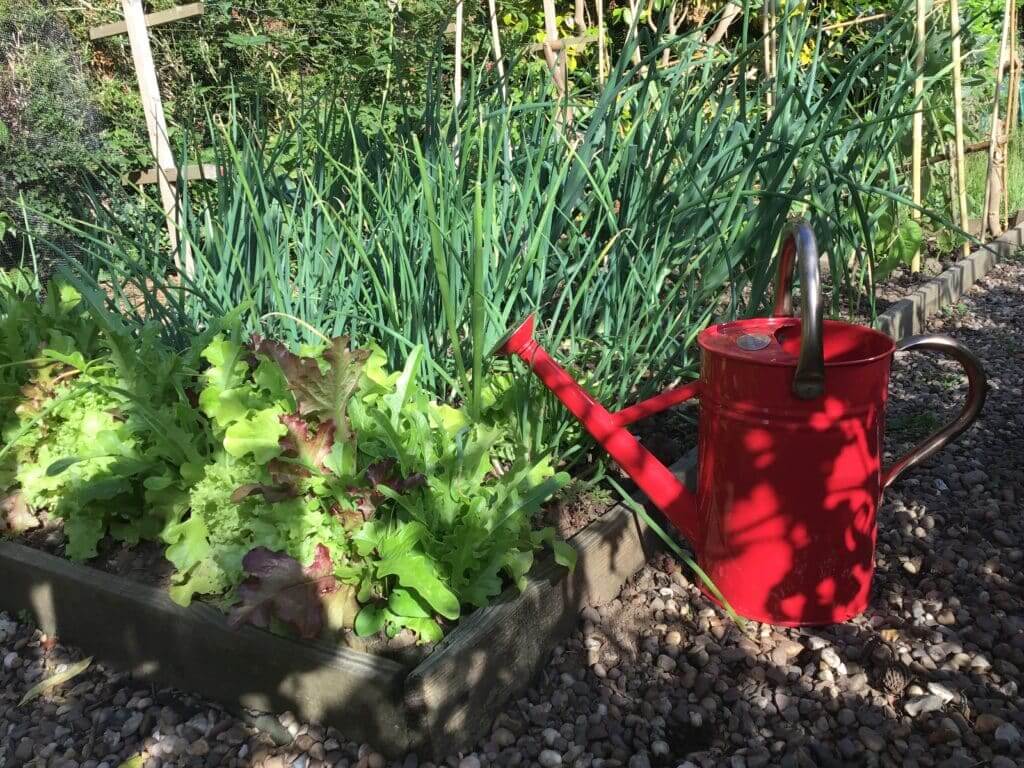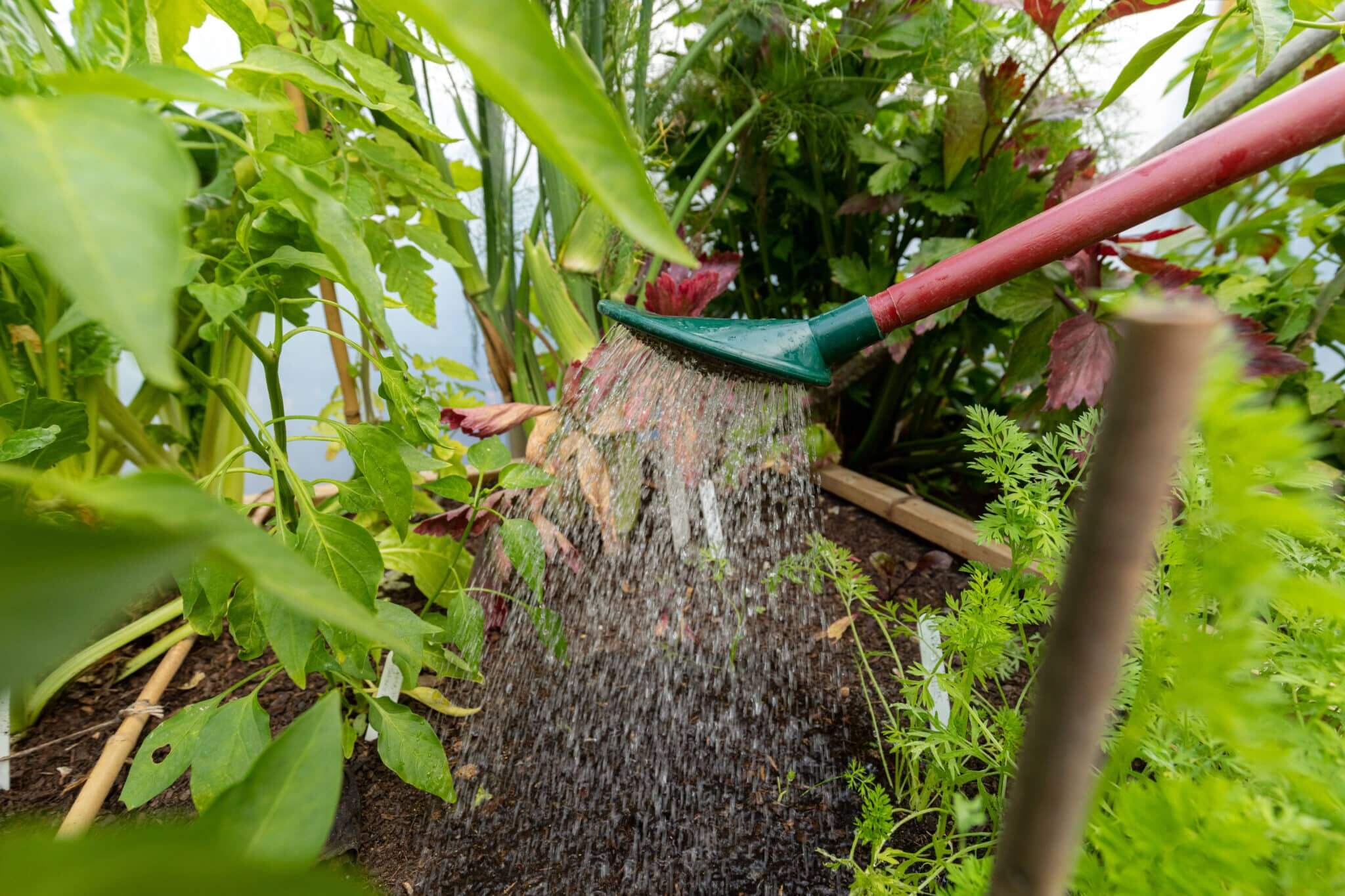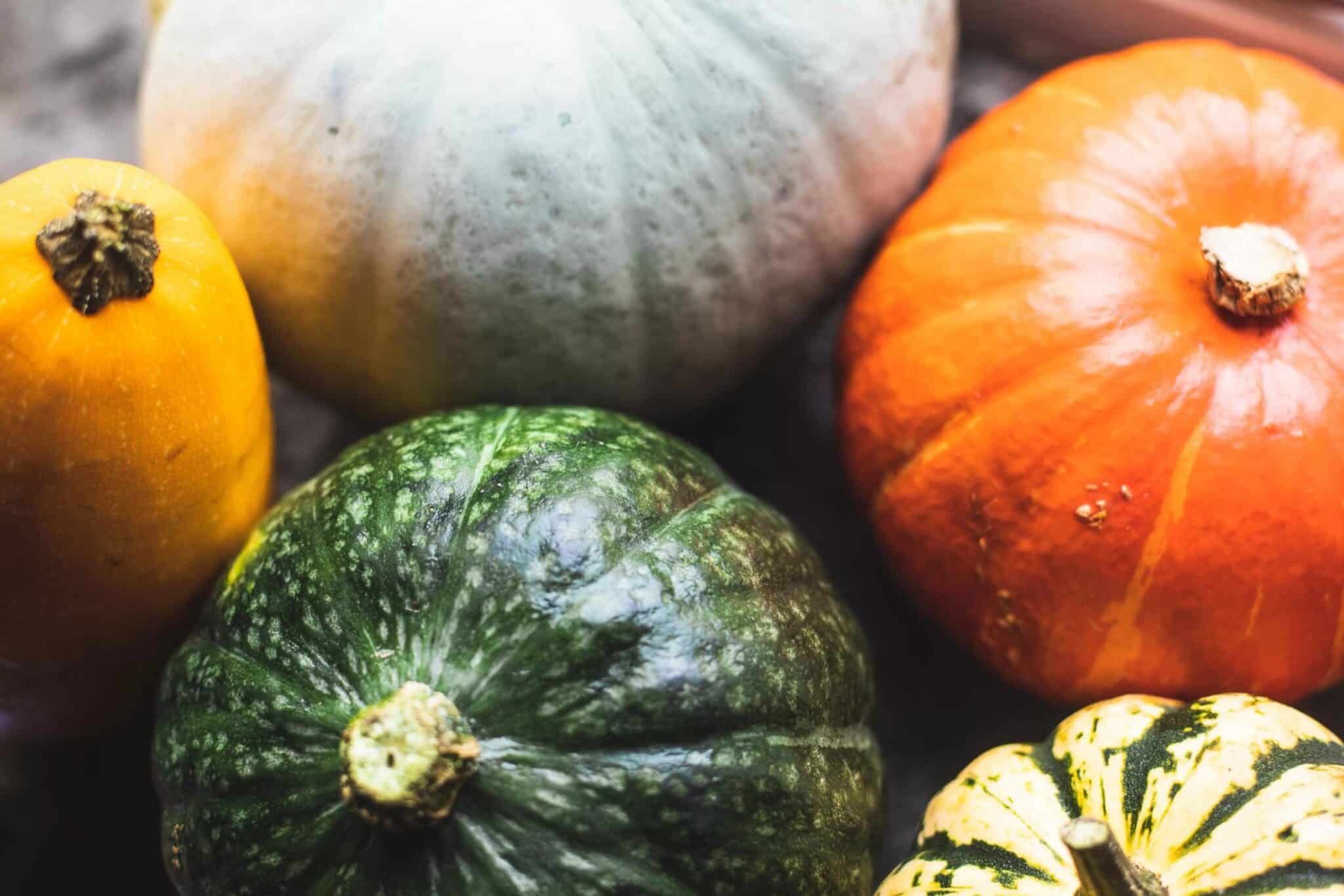The Met Office has predicted this year could – yet again – be one of the hottest and driest on record in the UK, meaning saving water has never been more important.
With a high chance of heatwaves and drought this summer, reducing and collecting water in your garden will be key and what’s more, it’s easily done.
Plan ahead to reduce how much water you use and protect your garden ahead of low rainfall. Choose plants that can withstand drier conditions and ensure your soil is alive with organic matter. This will improve its water-holding capacity and encourage healthy roots, so plants are more able to withstand extremes. Apply mulch such as bark around plants, in beds and in baskets to lock in moisture and reduce evaporation on hot days. A mulch of well-rotted compost will also add nutrients.
Here are other ways to save water in your garden:
Harvest rainwater. Collecting and reusing rainwater by fixing water butts to down pipes on sheds and greenhouses is an easy fix. But saucers under pots, or bottles and pots sunk into the ground, can also save and distribute water more slowly. When you’re watering hanging baskets, place a bucket underneath to catch run off.

Water where and when it’s needed. Water early in the morning or late evening when it’s cooler, so you lose less through evaporation. And aim water at the roots rather than the leaves to quench the plant where it’s most needed. Watering directly onto the leaves can spread diseases and scorch foliage when the sun hits. Create depressions or little reservoirs in the soil around your plants so you can pool water into these. And consider only watering those plants most recently planted. Young plants will need more attention for a few weeks as their roots establish.
Top up your pots. Containerised plants need more support, particularly if they’re placed in the rain shadow of a house. Pots made of baked clay look lovely but they’re more porous, and water can easily pass through the sides and bottom. (In fact, Olla irrigation pots use this technique to great effect when buried beneath the soil surface). Use the finger test to check if the soil is moist a few centimeters down. If it is, the plant does not need watering. Test the weight of your pots when they are fully watered so you can recognise when they need a good drenching.

Mop up your grey water. Reuse washing-up, shower tray and bath water on your borders, as long as it’s not full of harsh detergents. Dredge bathwater with a bucket, or suction through a pipe down to the ground.
Create a windbreak. Wind can strip leaves of moisture and increase transpiration. Protect vulnerable plants by creating barriers with twigs or plants – a herb hedge is pretty (and good for insects) or twine climbing plants up a trellis. Companion plants such as tall sweetcorn or large-leaved pumpkins can help shade the soil for smaller plants.
The Grow Your Own Wicked Leeks series is written by Garden Organic, the national charity for organic growing. Each month we bring you timely advice on what to do in your organic patch, whether you’re an experienced grower or just starting out. Share your own tips and gardening photos on social media under #GYOWickedLeeks.










0 Comments